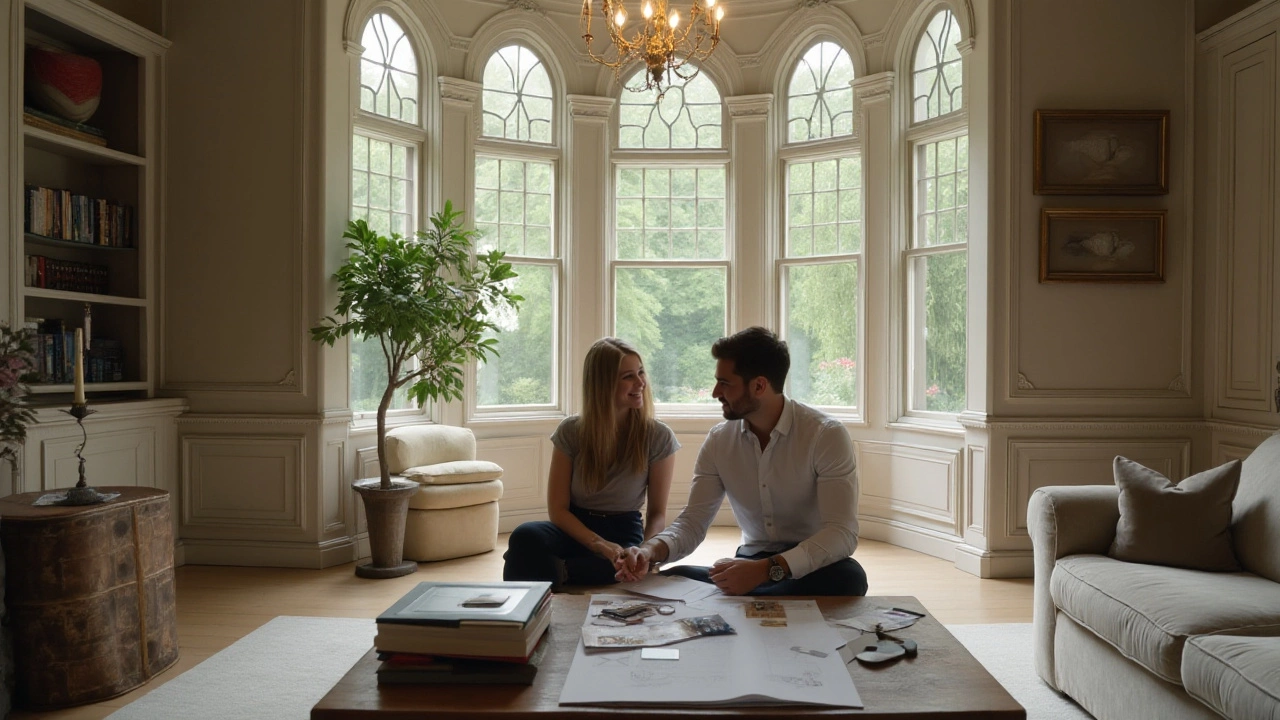Home Decor Pricing: What to Expect and How to Budget
Ever walk into a showroom and wonder why the price tag feels like a punch to the gut? You’re not alone. Home décor prices can swing wildly, but you don’t have to guess. In this guide we break down the biggest cost drivers, show you where to save, and give you a simple plan so you can spend confidently.
Key Areas That Influence Your Decor Costs
First, know what you’re paying for. Furniture, soft furnishings, lighting, storage, and bathroom upgrades each have their own price range. A set of scatter cushions, for example, can cost anywhere from £20 to £150 per pair. Our article on "Scatter Cushion Rules" explains how many to use and which sizes give the biggest visual impact without breaking the bank.
Storage is another hidden expense. Creative storage solutions, like built‑in shelves or hidden compartments, can add value but also add cost. The "Creative Storage Solutions" post shows low‑budget hacks that replace pricey custom units with DIY alternatives.
Bathrooms are notorious for surprise expenses. Simple upgrades—new taps, a fresh paint job, or upgraded tiles—can range from £300 to £2,000. Our "Transforming a Boring Bathroom" guide walks you through the cheapest changes that still feel like a makeover.
Don’t forget the big-ticket items: flooring and roofing. While a new roof can climb into the tens of thousands (see our "Is $30,000 Too Much for a Roof?" piece), flooring trends like engineered hardwood or luxury vinyl plank for living rooms are more flexible. Pick a material that fits both style and budget.
Practical Tips to Keep Your Budget on Track
1. Set a clear budget before you start. Write down a total amount and break it into categories—cushions, storage, lighting, etc. This prevents overspending on a single item.
2. Use the 50‑30‑20 rule: 50 % for essentials (flooring, major fixtures), 30 % for soft furnishings (cushions, curtains), and 20 % for accessories and décor. Adjust the percentages if you’re renovating a whole room.
3. Shop smart. Compare prices online, look for sales, and consider second‑hand pieces that can be refreshed with a coat of paint or new hardware.
4. Prioritize impact. A new lighting fixture can change a room’s mood more than a fresh carpet. Focus on items that give the biggest visual return for the lowest cost.
5. Plan for hidden costs. Installation, delivery, and disposal fees add up. Always add a 10‑15 % buffer to your budget.
By understanding where money goes and applying these simple steps, you can create a stylish space without the sticker shock. Ready to start budgeting? Grab a notebook, set your target spend, and use the guidelines above to keep every purchase in check. Happy decorating!
Hourly Rates in Interior Design: What to Expect
- Gavin Whitaker
- |
- |
- 0
Interior design work can transform a home, but understanding the costs involved is crucial for budget planning. In 2025, the hourly rates for interior designers can vary significantly based on expertise, location, and the scope of the project. This article explores these factors in depth, offering practical tips for hiring a designer within your budget. From initial consultations to detailed design plans, learn what to expect cost-wise when hiring an interior designer.
View more